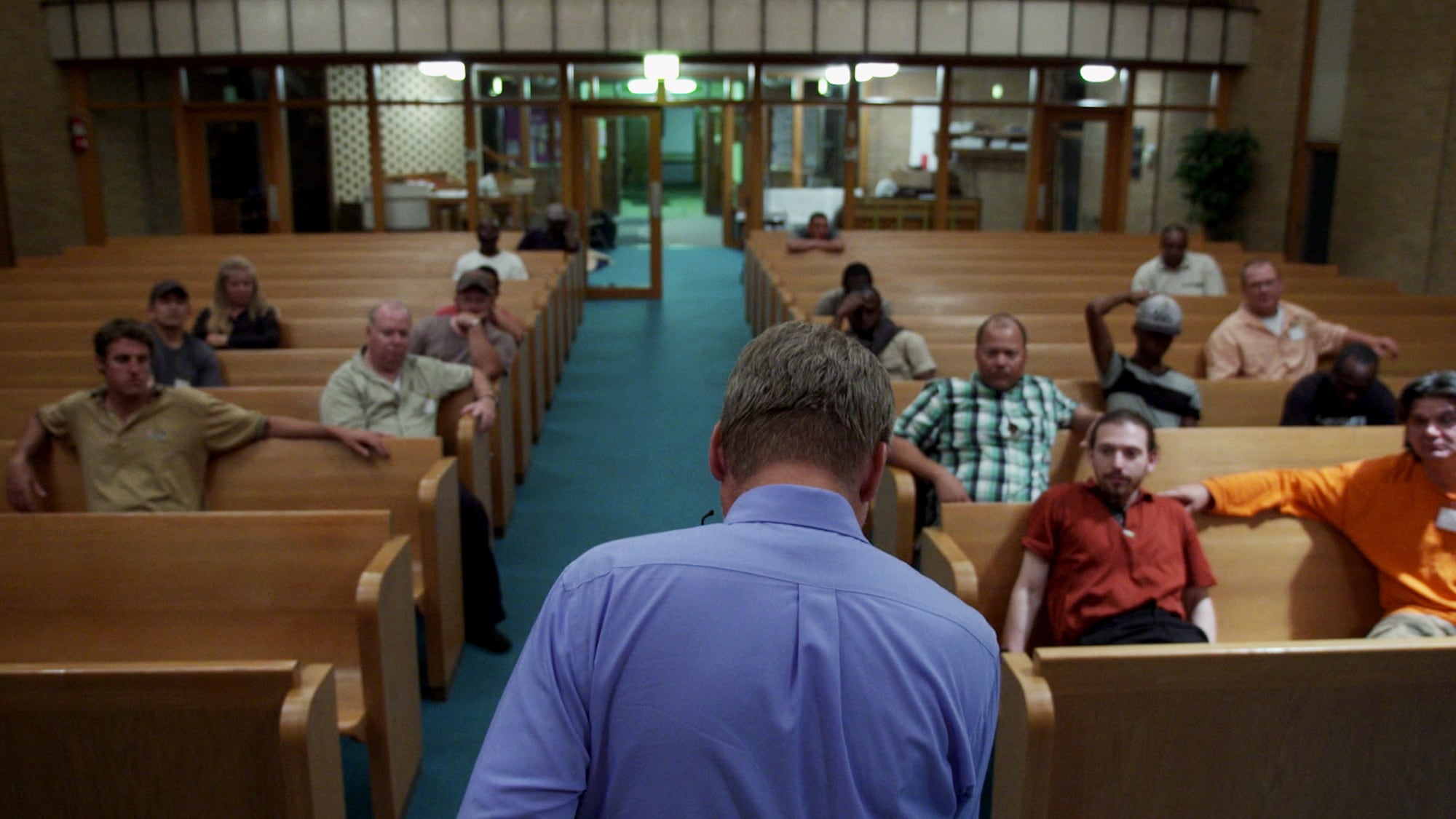The next step in evaluating your project is to think about who (or what) your main character or characters will be. As I wrote in Lean Team Pro Tip #5, a character doesn’t always have to be a person. It can be a place, a thing, an idea, or an animal. In the 2019 film Aquarela, the film’s director Viktor Kossakovsky identifies his main character as a natural element: water.
You can also have more than one main character, or an ensemble of characters. In our film The Church on Dauphine Street we featured several key characters: a priest, his next-in-command, the volunteer heading up the repair efforts on their church, and a union worker whose house was inundated by Hurricane Katrina’s floodwaters. We tried to imagine the stories these characters would tell, and from those imagined scenarios we visualized how our film might flow forward. We wanted to map its potential momentum.
Don’t reject your characters because they don’t seem to be inherently dramatic, or if they don’t represent extremes either in behavior or circumstance. In my book, Get Close: Lean Team Documentary Filmmaking, I write: “Not every story needs to build up to a dramatic event or resolve itself with a positive or tragic denouement, but a story should have some kind of movement to keep a viewer engaged. Map out the plot points, the places where your story might turn corners or introduce surprises or reveal more depth. Again, don’t reject your film simply because it doesn’t contain “big moments,” but be cautious about taking on a film whose small moments don’t add up to anything.”
When identifying your key characters, keep “in mind your stripped-down, LTDF approach; ask how accessible these characters are, how reliable, how comfortable you will be filming them, and how comfortable will they be being filmed. Is it possible to get the footage you need to illustrate these characters’ stories all by yourself (or with only one other person)? Will there be rules or restrictions on where you can go? Will you be shadowed by handlers or bodyguards or assistants? Will the spaces in which the characters move have room for you?”
Finally–remembering again your lean team budget–examine the timeline of your film. How much time and money and energy will it take to complete the film? Can you manage telling a fully formed story about your characters as a small or solo crew?
In his documentary The Overnighters, Jesse Moss traveled to Williston, North Dakota, to tell a story about the boomtown that sprung up there after companies began fracking in the state. In an interview with PBS’s POV program he said, “From this big story of the North Dakota oil boom in which there are an infinite number of small stories, I was looking for a way in. A way to tell this larger story but on intimate terms.” He found a local pastor who helped the transient workers with food and housing, acts of kindness that created controversy in the small town, and from that initial character he began telling his story.
Will your character be interesting enough and will their actions be cinematic enough to sustain the momentum of your film? In the next Pro Tip, we’ll evaluate the all-important element that will help answer those questions. That element is B-roll.
WATCH on iTunes: The Overnighters, Jesse Moss 3/5
Coming soon in Lean Team Pro Tip #8: Potential B-roll

